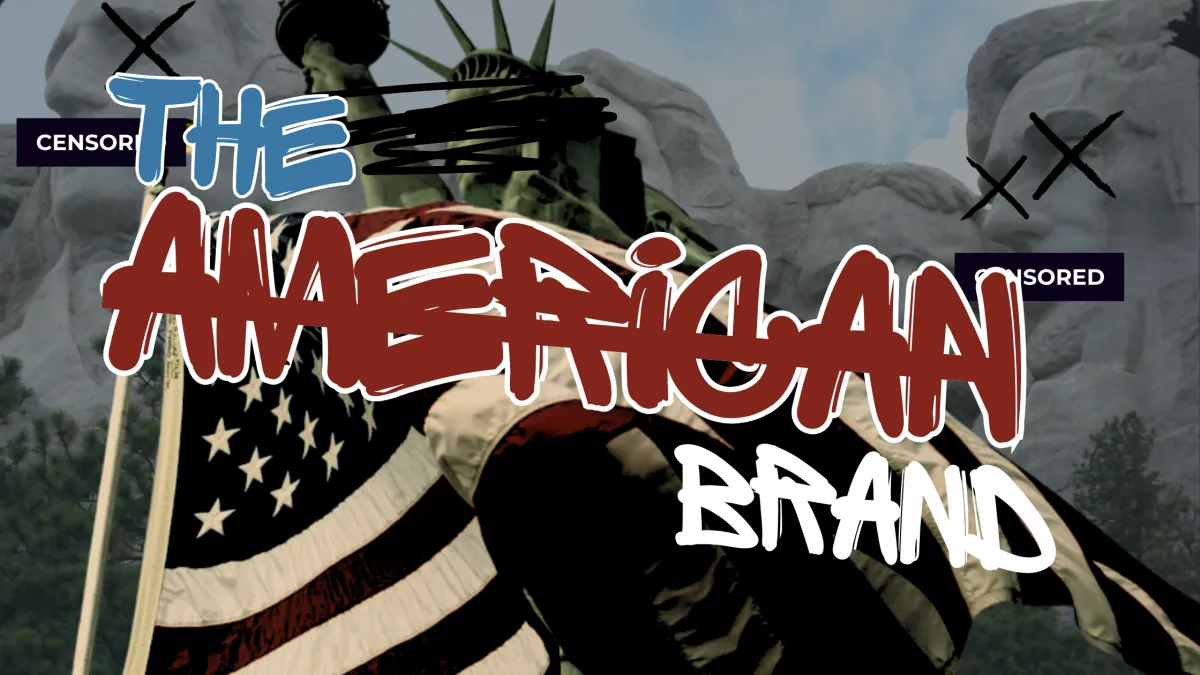BRANDING BLOGS

The American Brand 5 - How To Be United

The American Brand
Part 5
Assimilation:
How To Be A United Country
Standards mean nothing if they are never applied. A brand without buy-in is a hollow promise. If America is to rebuild right, its people must be given the opportunity to decide:Do I belong to this story, or not?
Belonging is not automatic. It is chosen. And it is proven through assimilation—the process by which individuals align themselves to the shared identity of the community. Every successful nation, every enduring brand, has required it
Assimilation begins with honesty. Every resident must confront the standard of belonging and ask:
“If this is what this country is about, do I truly want to participate?”
If the answer is yes, then commitment follows: embracing the shared language, ideals, moral compass, social contract, system of government, heritage, rights, and protections that define the American brand.
Belonging is not automatic.
It is chosen.
If the answer is no, then honesty demands exit. No nation survives when large portions of its population openly reject its identity.
At Ellis Island, millions of immigrants arrived with diverse customs, but each was asked to adopt one new identity: American. They were free to keep their food, music, and traditions—but allegiance to the ideals of liberty, justice, and unity was non-negotiable.
The alternative is fragmentation. When assimilation is optional, identity dissolves into confusion. History shows it clearly: nations that fail to assimilate eventually collapse into tribes, not citizens.
Few modern voices have worked harder to call America back to assimilation thanCharlie Kirk.Through Turning Point USA, his writing, and his speaking, he has devoted his life to reminding Americans—especially young Americans—that belonging to this nation means more than living within its borders.
American is not an accident of geography, but a deliberate choice of allegiance.
Kirk insists on the essentials: a shared moral compass, a shared heritage rooted in faith and founding ideals, a social contract where freedom is paired with responsibility, and an unwavering defense of the rights endowed by God. His work aligns perfectly with the truth at the heart of assimilation: that to be American is not an accident of geography, but a deliberate choice of allegiance.
Whether you agree with every policy position or not, Kirk’s mission underscores a vital reality: nations survive when their citizens are willing to embrace, defend, and live out the shared culture that defines them. His voice is a living reminder that assimilation is not oppression—it is the glue that holds a free people together.
Assimilation, done right, is both firm and fair. It provides:
Clear standards— so no one wonders what belonging requires.
Time to decide— space for honest reflection and transition.
Freedom to leave— for those unwilling to align, the chance to pursue life elsewhere.
Accountability to stay— for those who remain, the expectation to live by the covenant.
To belong is a privilege, not a passive condition. It is a choice that must be reaffirmed by every generation.
The greatest threat to assimilation today is not diversity of heritage—it’s the rise of a victim mentality.
Assimilation requires agency: the willingness to say,“I choose to belong. I will live by the shared standards. I will contribute to the whole.”
A victim mentality says the opposite:“I cannot thrive unless others fix my condition. My failures are someone else’s responsibility.”
The two cannot co-exist for long.
History shows us why. Immigrants at Ellis Island arrived with nothing, but they saw opportunity instead of grievance. They endured hardship, learned the language, and built futures because they chose assimilation over victimhood.
By contrast, when communities or nations embrace grievance over growth, unity collapses. Victimhood cannot sustain a people. It stalls sacrifice, corrodes resilience, and divides neighbor from neighbor.
Assimilation is not about erasing heritage—it’s about refusing victimhood and choosing agency. It is the decision to say:“This is my team, this is my covenant, and I will carry my share.”
ASSIMILATION OR VICTIMHOOD?
Companies know this truth: a brand’s culture is only as strong as the people who embody it. A mission statement on the wall means nothing if employees live in opposition to it. The same is true for nations. Identity without assimilation is chaos.
If America is to rebuild its brand, assimilation must return as a core practice. Not forced conformity, but chosen allegiance. Not the erasure of heritage, but the embrace of one shared future.
Because the American Brand cannot be everything to everyone. To survive, it must be clear. To thrive, it must be chosen.
⚡Next: Part 6 - Communication & Reinforcement.
Once the people commit, the message must be repeated, remembered, and reinforced until it becomes second nature.
Start building your brand’s future today.
Click Below to begin your Brand Identity Journey.


Message Masters Marketing
Argyle, Tx
(940) - 784-3652
Brand Development Service Areas
Video Production
Service Areas


